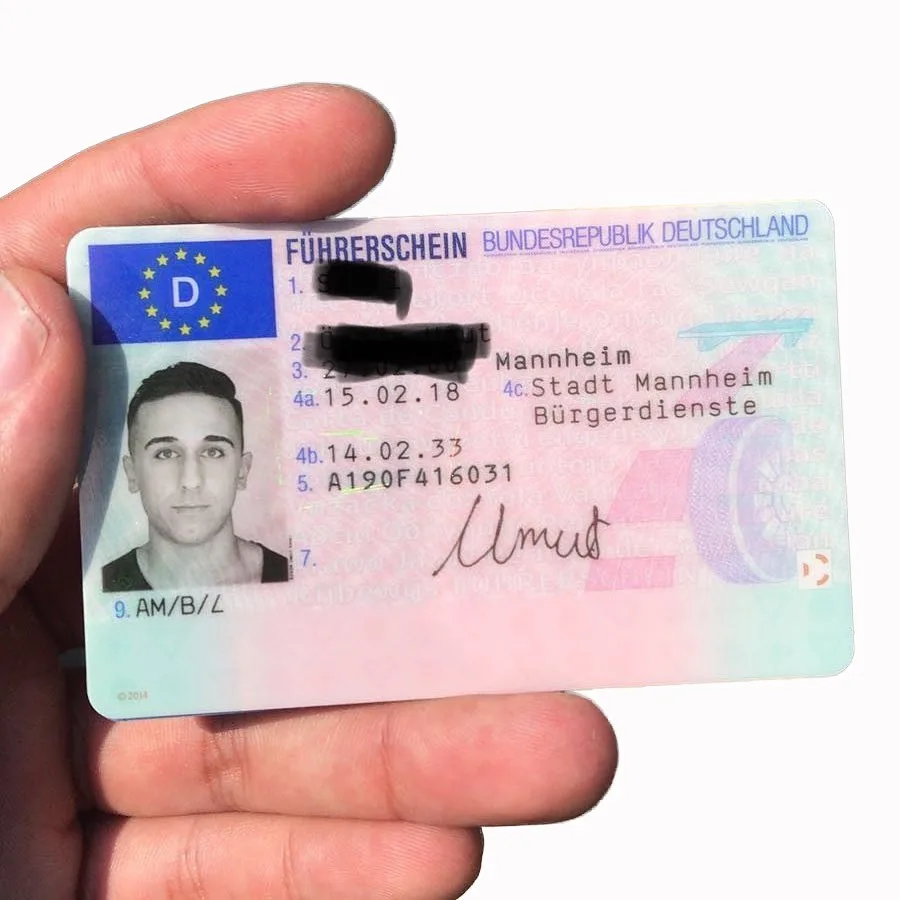What Freud Can Teach Us About Acquire A Driving License

The Ultimate Guide to Acquiring Your Driving License
Getting a driving license is a rite of passage for numerous people around the world. It represents self-reliance, obligation, and the capability to browse the world by yourself terms. Whether you are a teen eager to strike the road or an adult wanting to accept brand-new chances, understanding the procedure of acquiring a driving license is vital. This post intends to guide you through the needed actions and considerations for acquiring your driving license.
Step 1: Understand the Requirements
The requirements for obtaining a driving license can differ substantially from one region to another. Familiarize yourself with your local Department of Motor Vehicles (DMV) or equivalent authority's policies. Typically, requirements might include:
Age: Most locations need you to be at least 16 years old to use for a student's license and 18 to acquire a complete license.
Recognition: A government-issued ID or birth certificate is generally needed to show your identity and age.
Residency: You may require to supply proof of residency in the jurisdiction where you are using.
Vision Test: A basic vision test is often required to ensure you can see well adequate to drive securely.
Step 2: Obtain a Learner's Permit
Before you can acquire a complete driving license, you will generally need to begin with a learner's license. This allows you to practice driving under particular constraints, normally while being supervised by a certified grownup. The steps to obtain a learner's license generally include:
Pass a Written Test: Many places require you to take a written or computer-based test covering the guidelines of the roadway and traffic indications. Studying your state's driver's handbook can be extremely practical in preparing for this exam.
Application Fees: Be ready to pay a little application cost to obtain your student's authorization.
Acquire Supervised Driving Hours: There may be a minimum variety of practice hours you require to log with a certified driver, generally ranging from 20 to 50 hours.
Step 3: Enroll in Driver Education
Though not constantly obligatory, enrolling in a driver education course can be highly beneficial. These courses normally cover:
Theory Lessons: Understanding traffic laws, safe driving practices, and how to deal with different driving situations.
Behind-the-Wheel Training: Practical driving sessions with a certified trainer, which can assist construct your self-confidence and skills.
Numerous states offer online courses, in-person classes, or a combination of both. Check with your DMV to see what choices are readily available.
Step 4: Practice, Practice, Practice
Once you have your student's permit, it's important to get as much driving practice as possible. Use the time to become comfortable with:
Parallel Parking: A skill that typically turns up in testing.
Navigation: Understanding how to read maps or utilize navigation gadgets.
Driving in Different Conditions: Gain experience driving in different weather conditions and at different times of day.
Objective to practice a variety of driving situations, consisting of city driving, highway driving, and rural driving to build your skills.
Step 5: Schedule Your Road Test
When you feel great in your driving capabilities and have completed the needed practicing hours, you can schedule your road test. This test normally includes:

Pre-Drive Inspection: You may be asked to demonstrate your knowledge of the car's controls and carry out a safety check.
Driving Test: An inspector will accompany you in the car, examining your driving abilities, consisting of adherence to traffic laws, road positioning, and general control of the car.
Be sure to check what documents you need to give the test, such as your learner's license and evidence of finished driver education, if appropriate.
Action 6: Pass the Road Test
If you effectively pass your road test, congratulations! more helpful hints will get your driving license. However, if you do not pass, don't be prevented. A lot of locations allow you to retake the test after a waiting period, offering you the possibility to practice further and enhance your abilities.
Step 7: Know the Post-License Responsibilities
As soon as you get your driving license, it's necessary to understand your responsibilities as a driver. This consists of:
Abiding By Traffic Laws: Always follow speed limits, use your seatbelt, and prevent diversions while driving.
Insurance coverage: Most regions require motorists to have car insurance, so be sure to comprehend what protection you require.
Renewal: Familiarize yourself with the process for renewing your license, which generally requires to be done every couple of years.
Conclusion
Obtaining your driving license is not almost passing tests; it's about fostering a long-lasting attitude of duty and security. By following these steps and appreciating the guidelines of the roadway, you'll not just gain the flexibility of the open roadway but likewise add to much safer driving environments for everybody. Happy driving!
